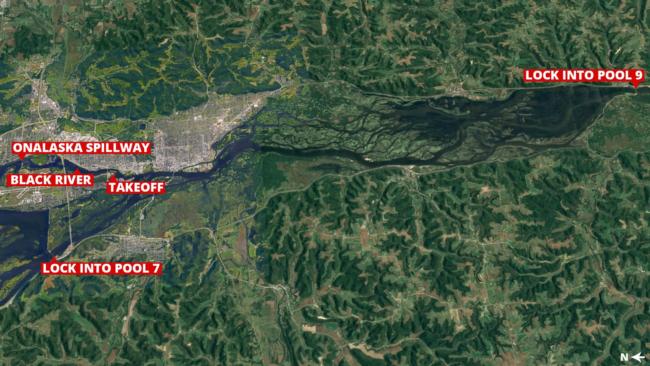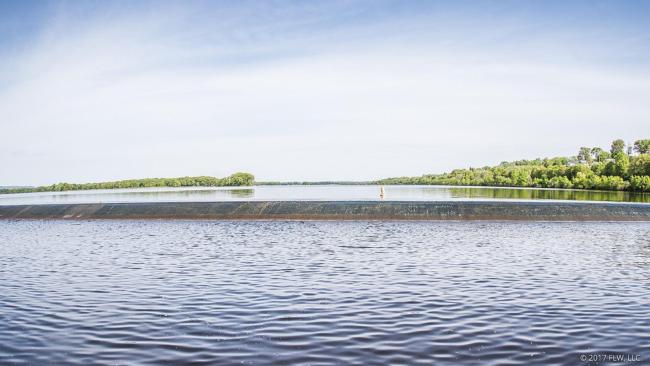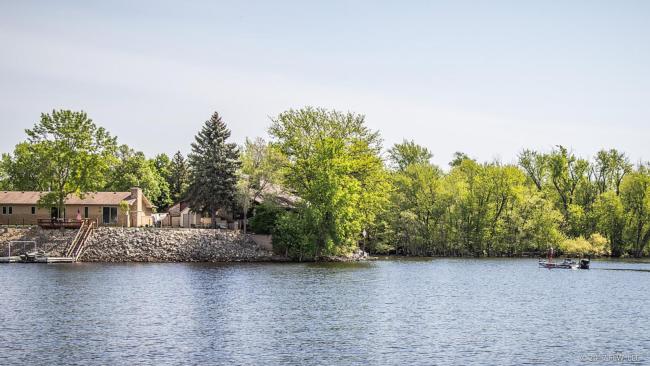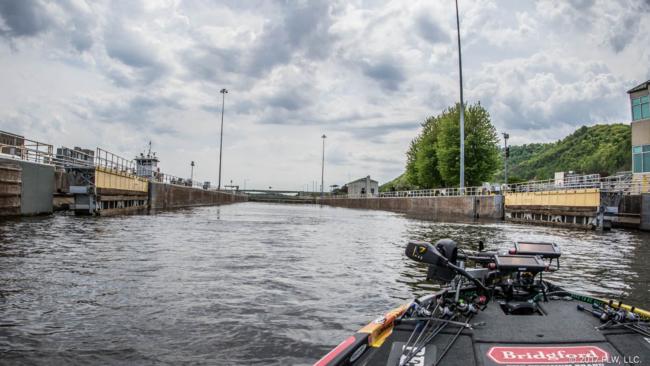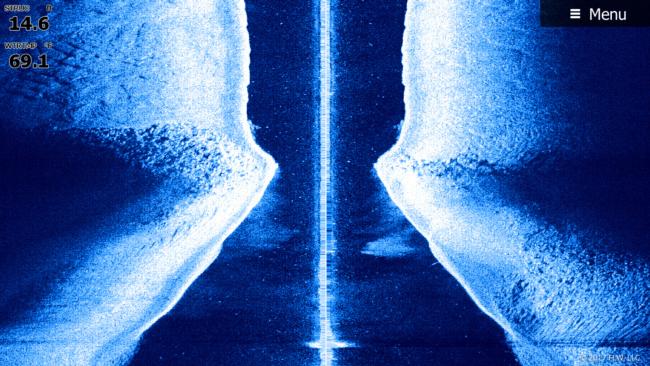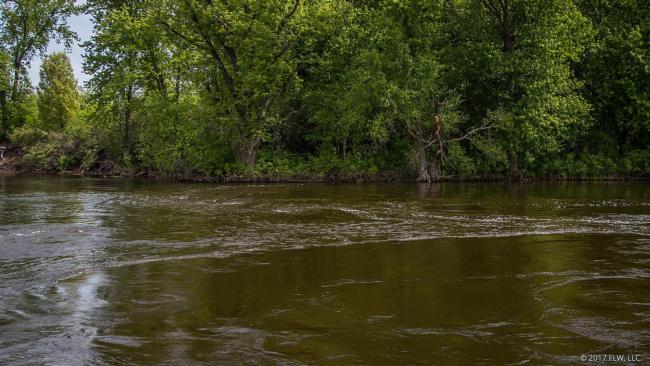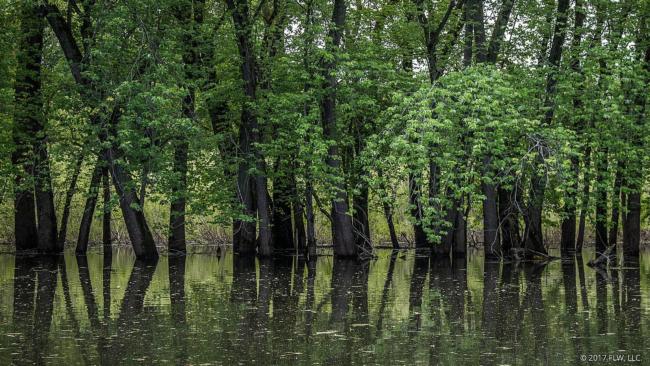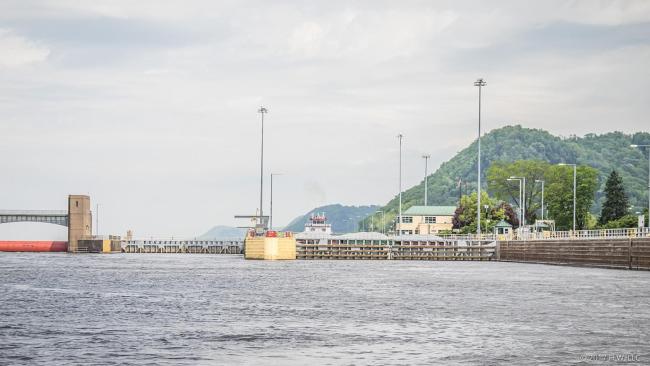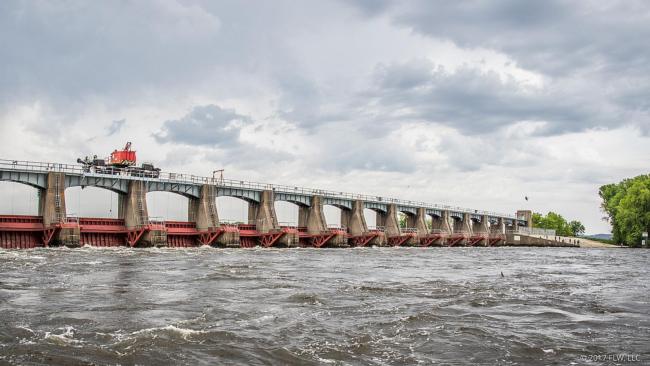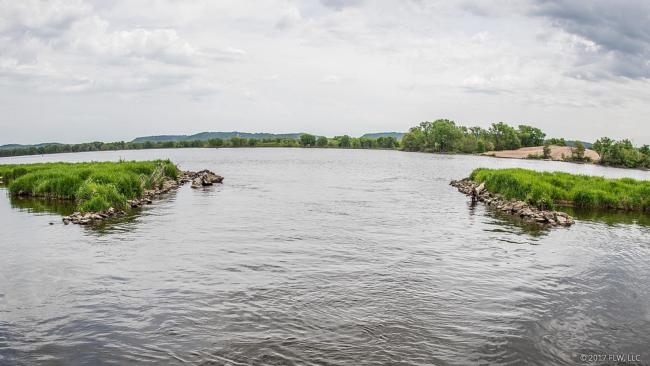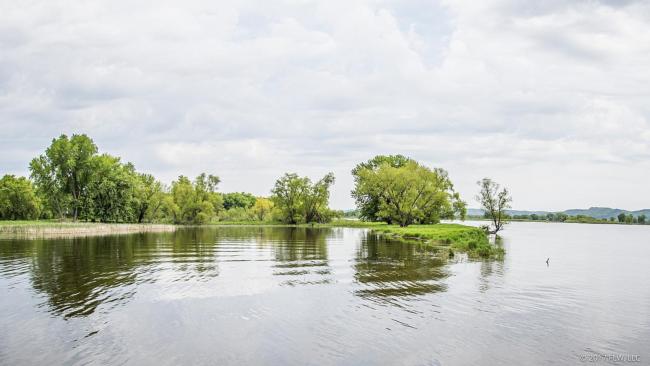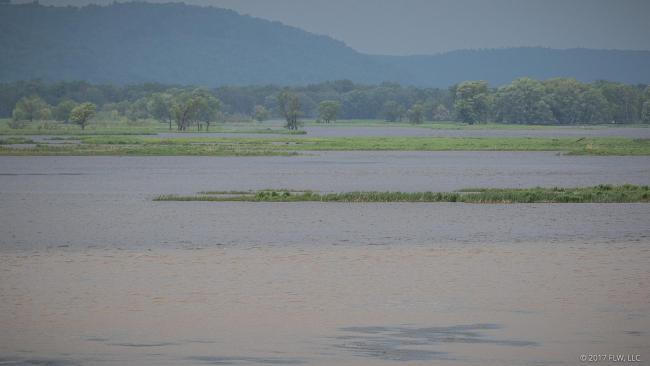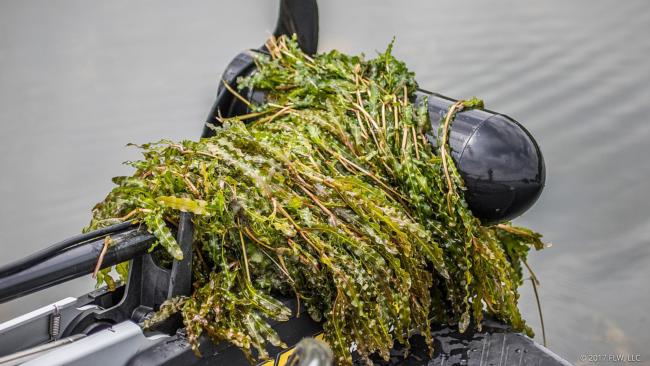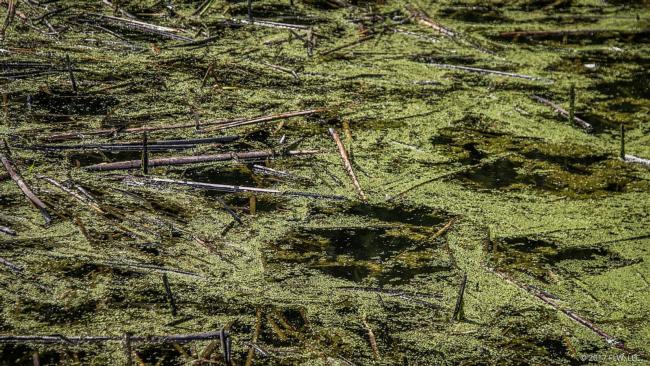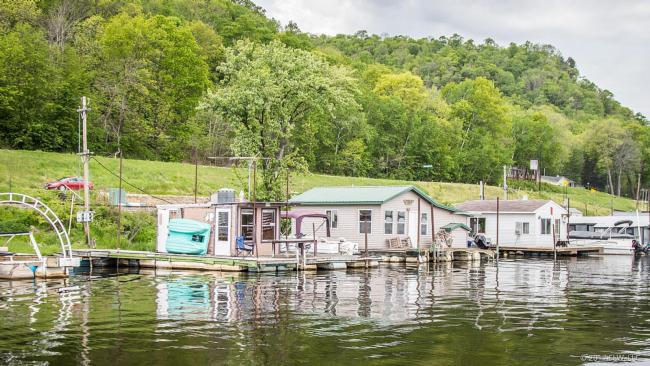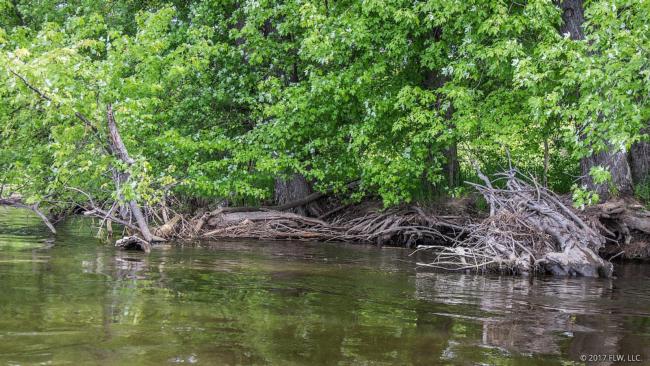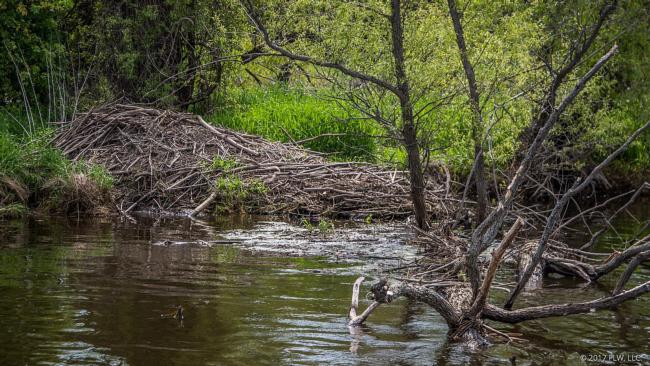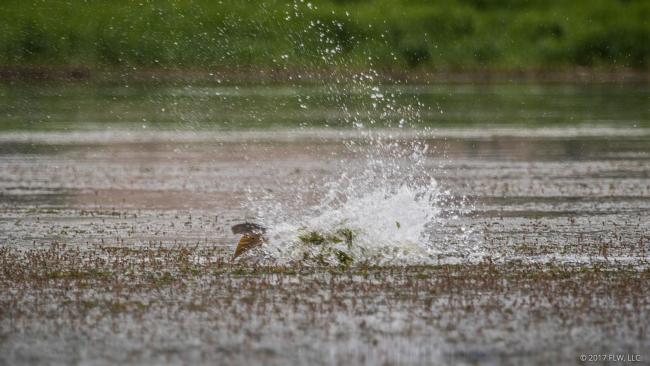What the Mississippi has to Offer
Breaking down this week’s competition waters
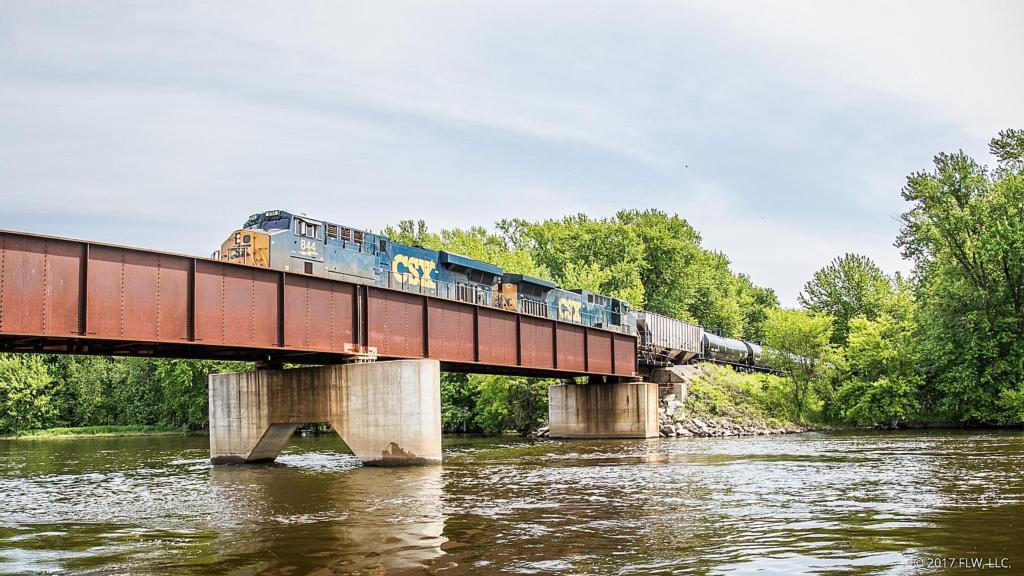
Breaking down Pools 7, 8 and 9 of the Mississippi River is no simple task, but it’s what every one of the FLW Tour pros will endeavor to do this week in the sixth stop of the season. The tournament is based out of La Crosse, Wis., in Pool 8, and pros can fish upstream and downstream in each of the adjacent pools of the famous waterway, which gives them more than 65 miles of main channel to run and miles more of backwaters and side channels spread between Minnesota, Wisconsin and Iowa.
Though not the largest pool, Pool 8 has plenty to offer and is destined to be the most popular pool this week. Takeoff and weigh-in are at Veterans Freedom Park in La Crosse, which is actually on the Black River, a tributary arm to the Mississippi that stems from Lake Onalaska in Pool 7. From takeoff, the lock into Pool 7 is just a few minutes of running away, and nearly the entirety of Pool 8 lies downstream.
Two of the major draws in Pool 8 are spillways from Pool 7. One is near the town of Onalaska at the head of the Black River, and the other empties into one of the backwaters of the Mississippi on the west side of French Island, about halfway between the western bank of French Island and the lock to Pool 7. Last fall, Ott Defoe won a B.A.S.S. Elite Series event off the middle spillway, and they’re both popular fishing locations.
The Black River itself is likely to see a lot of fishing traffic. Because it is off the main channel, the current is a little more moderate, and there is a lot of mid-depth water. There’s also a good mix of cover, including docks and other man-made cover plus more natural banks with grass and wood. Even though the Black is fished pretty heavily, it has resulted in some notable finishes in big tournaments.
There’s an idle zone a few minutes long down the Black River leading out from takeoff, and then pros are free to run most of the river at whatever speed they deem safe. One possible slowdown is a decent no-wake section that runs in front of the town of La Crosse to the Highway 14 bridge. Pros can avoid that by cutting north out of the Black River and then running south down the west channel of the Mississippi. Taking that route does carry some risk. In low water, there’s a narrow gap in the wing dam that crosses the west channel that’s about two boat lengths wide. Hit it right and you’ll sail through and save time; hit it wrong and you’ll be needing a new lower unit.
This particular navigational hazard is pretty emblematic of the Mississippi River in general. Though the main channel is well-marked and sees plenty of shipping, the offshoots and backwaters where so many of the bass live can be dangerous to run if you don’t know exactly where to go. That means that idling a long way is often the safer route, though perhaps not quite as speedy.
As previously mentioned, actually running the Mississippi is no issue, but getting from pool to pool can be. The locks on the Mississippi are quite fast and large without much difference in elevation. If it was only bass boats going through on tournament day the locks would be no issue at all. Unfortunately for pros hoping for a risk-free transition from pool to pool, the Mississippi is regularly trafficked by barges carrying all sorts of things up and down the river. Though the barges don’t usually have priority in a lock, they do usually take up the entire lock and clear it more slowly than bass boats or pleasure boats do. If you get a couple of barges in a row going up and a few in a row going down you’ve got a simple recipe for being late to weigh-in.
Another navigational feature of the Mississippi is a series of riprap wing dams that stick out from the bank on both sides of the main channel. Wing dams direct the current toward the middle of the river, thereby keeping it dredged and navigable. The wing dams themselves are great habitat for fish, particularly smallmouths, and always have interesting current seams and bottom contours associated with them. Of course, even though there are hundreds of wing dams in the system, they aren’t all loaded with bass, and they’re usually in heavy current, making figuring out which ones to target a bit of a challenge.
Each pool the pros will be fishing this week offers pretty similar habitat in one area or another, but just because a lot of it looks the same doesn’t mean they are equal. Pool 7 is the northernmost pool the pros can ply and is totally capable of producing a good tournament finish. Lake Onalaska is a big backwater that makes up most of the lower east side of the pool. Running into it, you get a cool look at the guide lights for the La Crosse Regional Airport, a small airport located on French Island. Traditionally the grass in Lake Onalaska is excellent, but this early in the year most of it hasn’t grown all the way up yet. Nonetheless, the area still offers fertile habitat for largemouths.
The distinguishing characteristics of Pool 9 this week are its size (it is the largest of the three the pros can fish) and the fact that the water is a bit higher than normal. The whole system is running a little higher than is usual because it’s springtime, but the water is up in the backwater trees on Pool 9. The river banks aren’t submerged, but the lowlands off of them are quite damp. There’s definitely more wood cover available in 9, and some of the grass is more submergent than emergent.
The presence or lack of current is key throughout the entire system. On the Mississippi it can take many different forms and range pretty broadly in strength. This week, flows are likely to be pretty strong throughout because it’s spring and spring means rain – plus there’s even more rain on the way (the National Weather Service forecasts the water level to stay put or rise some each day). Because of the high flow, fishing on the main river is actually pretty difficult and can lead to torched trolling motor batteries in no time at all. There are plenty of other ways to fish current besides the main channel though. Countless side channels and spill-throughs have cover and current aplenty to concentrate bass.
Due to the high flow, seeking out sheltered water might be a good play as well. Each of the pools has big backwater lakes with little to no flow in them, and there are countless small backwaters right off the main channel that could provide shelter from rolling current.
Heavy rain moved through La Crosse on Monday night and caused some very muddy water to flow into the river. The upper Mississippi usually runs dark, but fairly clear, so mud can certainly mess up the fishing. Not every inflow will get muddy though, so unless there’s some extreme rain, finding clean water shouldn’t be too hard a task. Even in Pool 9, where the water is higher, you can see down a few feet in some of the backwaters, and the water is really quite clear.
The Mississippi is known for having tons of grass, from cattails and pondweed to milfoil and lily pads. The most abundant grass in the system now is pondweed, which can be seen topped out and covering large flats in many of the more protected areas. Duckweed is another river staple that is fairly common now and will become more and more common as spring transitions to summer. Summer, the Mississippi River, duckweed and a frog bite form one of the most wonderful combinations in bass fishing.
Docks can be found throughout the system in populated areas and around some of the backwaters where little strips of vacation docks have been developed. A lot of the docks in the Mississippi are primarily floating, and many are almost stationary houseboats that folks can spend much more than a day on.
Pool 9 probably has the most trees growing in the water now, but there's plenty of sources of wood in the river. From beaver lodges on the banks to big and small laydowns, there is plenty of cover that can act as a current break and a home for a bass. Tom Monsoor believes that wood is going to be the cover to watch this week for largemouths, and it could be for smallmouths as well. It doesn’t take much for a river bass to bed, and laydowns that offer brief protection from the current can be perfect for it.
This year the FLW Tour seems to be following the spawn and never quite hitting it on the head, but that could change this week. The carp are going at it, and the trees are getting greener by the minute in Wisconsin. Though the weather isn’t forecast to be very nice during the tournament, pros have reported a lot of bass on beds in practice. There’s no telling exactly how that will play out come tournament time on a fishery as complex as the upper Mississippi, but the fishing is always good in the spring, and spawning bass might only make it better.
